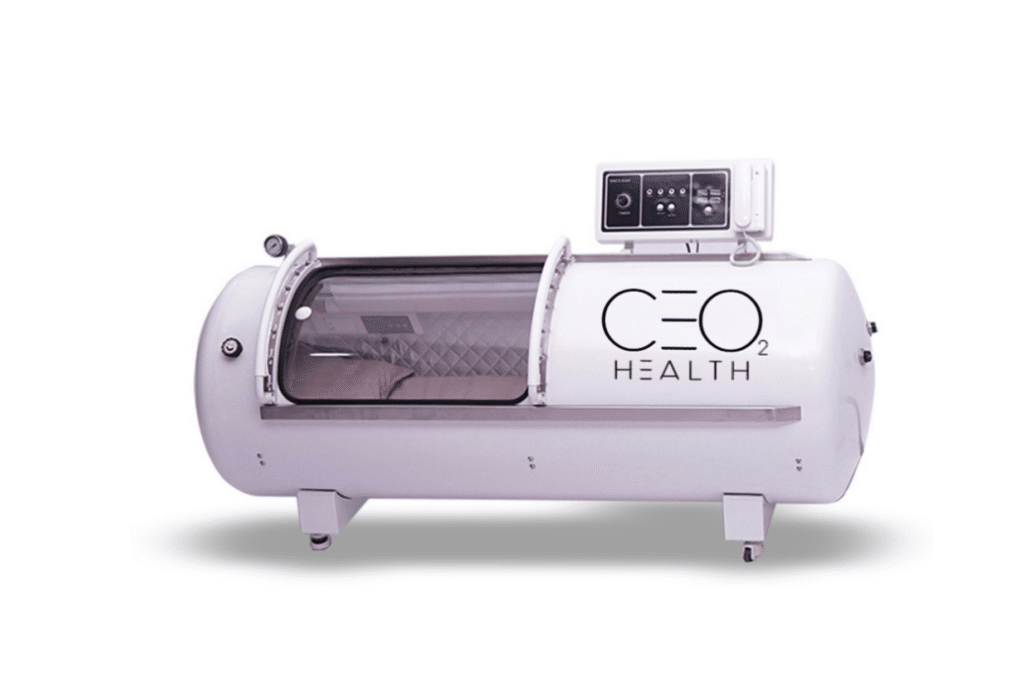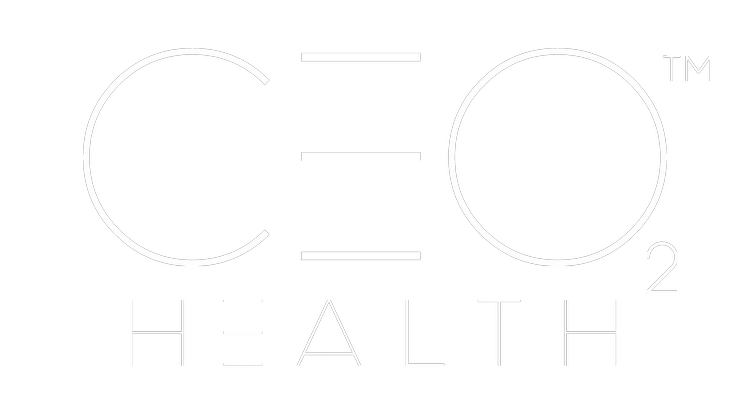
Hyperbaric Oxygen Therapy (HBOT) is gaining popularity as a treatment for a variety of medical conditions, from wound healing to cognitive enhancement. Whether you’re considering HBOT for medical reasons or wellness benefits, you may be wondering: how often should you undergo hyperbaric oxygen therapy? The answer depends on several factors, including your condition, treatment goals, and your physician’s recommendations.
Understanding Hyperbaric Oxygen Therapy
Hyperbaric oxygen therapy involves breathing pure oxygen in a pressurized chamber. This increased oxygen supply promotes healing, reduces inflammation, and enhances cellular function. It is commonly used for conditions such as:
- Wound healing (especially diabetic ulcers and radiation injuries)
- Carbon monoxide poisoning
- Decompression sickness
- Traumatic brain injury (TBI)
- Stroke recovery
- Long COVID and post-viral fatigue
While HBOT can be beneficial, the frequency and duration of sessions can vary widely based on individual needs.
Recommended Frequency for Different Conditions
1. Acute Medical Conditions
For conditions like carbon monoxide poisoning or decompression sickness, HBOT is often administered in a hospital setting with multiple sessions over a short period. Treatment may be daily for a few days to a couple of weeks until symptoms resolve.
2. Chronic Conditions and Wound Healing
For chronic conditions such as non-healing wounds, radiation tissue damage, or diabetic ulcers, a standard HBOT protocol often involves 20 to 40 sessions over several weeks. Most treatments follow a schedule of one session per day, five days a week for four to eight weeks.
3. Neurological Recovery (TBI, Stroke, Long COVID)
Emerging research suggests that HBOT can benefit individuals recovering from brain injuries, strokes, or neurological conditions. A typical protocol involves 40 sessions, often spread over 8 to 10 weeks. Some patients continue periodic maintenance sessions based on symptom improvement.
4. Athletic Recovery and Wellness
Athletes and biohackers use HBOT for enhanced sports recovery, reduced inflammation, and improved performance. Unlike medical treatments, wellness-based HBOT frequency varies. Some individuals opt for one to three sessions per week, while others use it occasionally after intense training or injury.
Signs for Adjusting Frequency
The frequency of HBOT sessions may need to be adjusted based on individual responses. Signs that indicate a need to increase or decrease sessions include:
- Changes in symptom severity
- Reduced effectiveness over time
- Unintended side effects such as ear barotrauma
- Improvement plateauing, requiring a revised treatment approach
A hyperbaric board-certified physician can help determine whether adjustments to your HBOT schedule are necessary.
Recommended Treatment Plans
Treatment plans vary and can include:
- Daily treatments: Often used for acute conditions or intensive therapy
- Weekly treatments: Common for ongoing maintenance and wellness benefits
- Intermittent treatments: Suitable for injury recovery or long-term management
The treatment frequency is typically prescribed based on treatment goals, patient condition, and medical supervision.
Individual Response to Treatment
Responses to HBOT can vary, necessitating personalized plans to ensure optimal treatment outcomes. Factors that influence individual variation include:
- Patient condition: Some may respond quickly, while others need extended treatment
- Treatment consistency: Regular sessions often yield better results
- Treatment duration: Shorter or longer plans may be required depending on symptoms
Regular treatment evaluation with a physician helps tailor the protocol.
Medical Supervision and Protocols
Undergoing HBOT under the supervision of a hyperbaric board-certified physician is crucial to ensure safety and effectiveness. Following protocols recommended by approved medical associations helps prevent complications and maximize benefits. Patients should:
- Undergo a thorough medical evaluation before starting HBOT
- Follow the treatment protocols prescribed for their specific condition
- Report any side effects or unexpected changes during therapy
- Ensure treatment is conducted in a facility that meets atmospheric pressure prescribed standards
Medical supervision ensures adherence to best practices and enhances treatment outcomes.
Cost and Accessibility
Cost and accessibility are key factors in determining HBOT treatment frequency.
Considerations include:
- Insurance coverage: Some conditions are covered while others may not be
- Clinic availability: Access to a facility with proper atmospheric pressure prescribed settings
- Supportive therapies: Combining HBOT with other treatments can impact scheduling
Can You Do HBOT Too Often?
While HBOT is generally safe, overuse without medical supervision may lead to side effects such as oxygen toxicity, ear barotrauma, or changes in vision (temporary nearsightedness). Sticking to a recommended treatment plan ensures maximum benefits without risks.
The frequency of hyperbaric oxygen therapy depends on your specific health needs and goals.
For more information or to explore treatment options, visit CEO2 Health in California.
